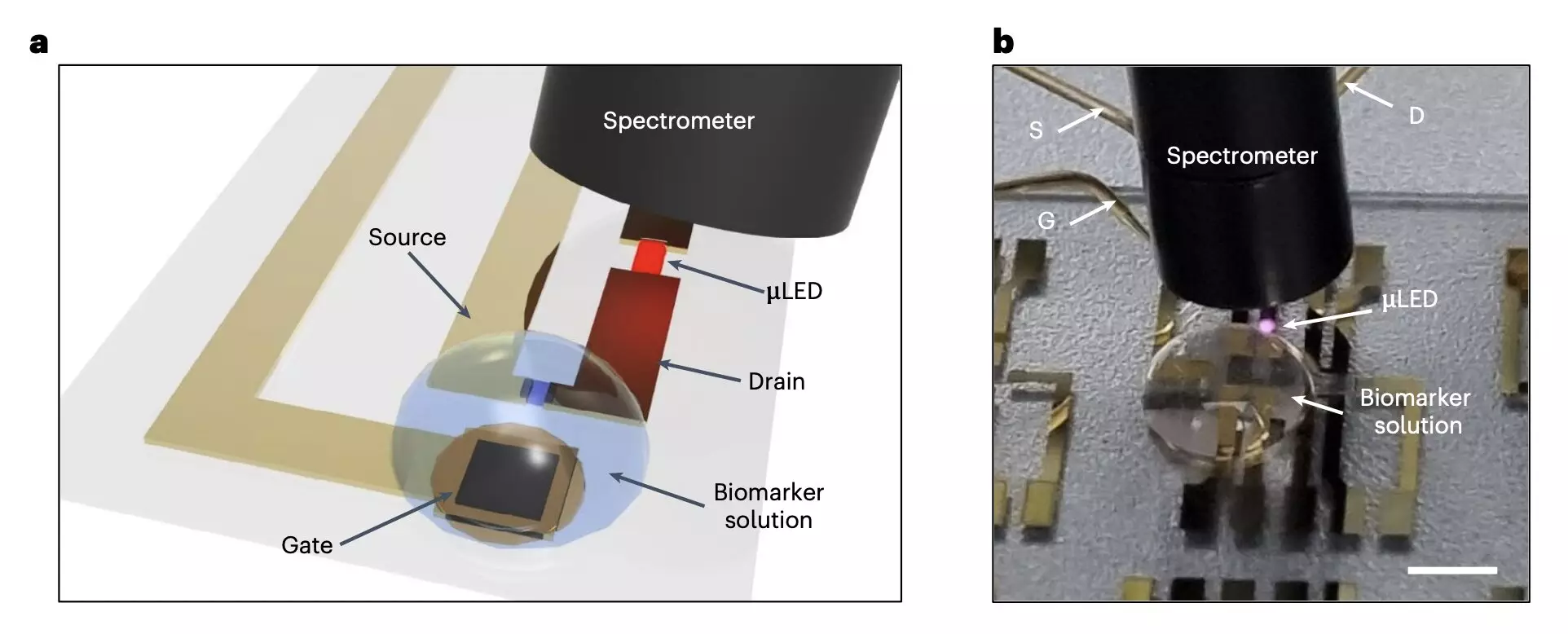The world of health and fitness is undergoing a remarkable transformation, driven primarily by advancements in technology. At the forefront of this evolution are wearable and implantable devices designed by electronics engineers, which can seamlessly detect and record a variety of biological signals. From tracking heart rates and caloric intake to monitoring sleep patterns, these devices hold immense potential for both recreational athletes and individuals managing chronic health conditions. As we enter a new era of health monitoring, it is vital to explore the innovative technologies—and specifically organic electrochemical transistors (OECTs)—that are making these developments possible.
OECTs have emerged as groundbreaking components in the field of wearable technology due to their ability to amplify subtle biological signals. What sets these transistors apart is their construction from flexible organic materials, enabling them to adapt comfortably to the human body. This flexibility makes OECTs particularly well-suited for monitoring crucial health indicators such as glucose, lactate, cortisol levels, and even pH values. These measurements can be instrumental for timely diagnoses and ongoing management of various medical conditions.
However, the challenge arises with the transmission of data collected by OECTs. Traditional wireless communication circuits, generally composed of rigid inorganic materials, can complicate the design of wearable devices, making them bulky and less adaptable to the body’s movements. Therefore, researchers are actively seeking innovative ways to combine the benefits of organic materials with those of inorganic counterparts, merging flexibility and functionality into a single device.
Recently, researchers at the Korea Institute of Science and Technology (KIST) have made significant strides in overcoming these hurdles. Their new wireless device promises to be a game-changer in biomarker monitoring, capable of tracking glucose, lactate, and pH levels with unprecedented accuracy. Published in “Nature Electronics,” the device integrates both organic and inorganic elements, creating a system that boasts excellent mechanical stability while remaining incredibly thin at just 4 micrometers.
The research team—Kyung Yeun Kim, Joohyuk Kang, and their colleagues—describes their creation as an “ultrathin organic–inorganic device for wireless optical monitoring of biomarkers.” Their system comprises OECT biochemical sensors coupled with near-infrared micro-light-emitting diodes (μLEDs). This ingenious combination allows for high levels of performance across various analytical applications.
The functioning of this cutting-edge device is a fascinating interplay of electronics and biochemistry. The OECT sensors are crafted by patterning gold electrodes atop a polymer mixture on an ultra-thin parylene substrate. When introduced to specific biomarkers, the current coursing through the OECT changes in response to the concentration of these substances. In turn, this modulation affects the light emitted from the μLED, effectively enabling accurate monitoring of biomarkers in real-time.
The team has successfully demonstrated that the device can combine the capabilities of biomarker analysis with near-infrared imaging. This dual functionality signifies a leap forward not just in wearable technology but also in diagnostics and health monitoring applications.
Initial tests of this 4-micrometer thick device have yielded promising results, with a commendably high transconductance of 15 mS and exceptional mechanical endurance. As the research progresses, there is significant potential to enhance this system further, possibly leading to the development of entirely new medical technologies. The adaptable nature of the design allows for speculation that it could be paired with soft batteries or even solar cells. Such integrations would pave the way for a truly chipless and self-sustaining sensing solution.
The advent of such advanced devices could fundamentally change the landscape of health monitoring. Imagine a future where continuous, real-time data about an individual’s metabolic processes is seamlessly accessible, offering invaluable insights for personal health management and intervention strategies.
As electronics engineers innovate wearable technologies, the fusion of organic flexibility and inorganic reliability stands to revolutionize health monitoring. The significant developments made by KIST researchers demonstrate not only the feasibility of such devices but also their extensive potential impact in medical diagnostics and personalized healthcare. Ultimately, the path we tread in developing these technologies could redefine how we understand and interact with our own health, making the dream of personalized, real-time medical monitoring a reality.


Leave a Reply